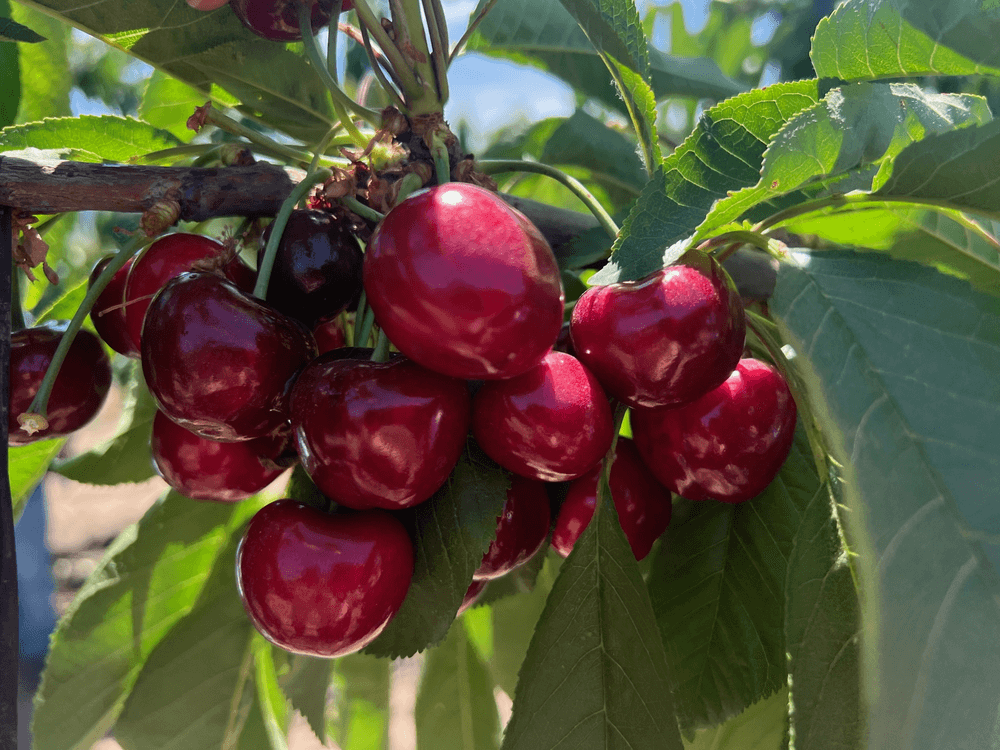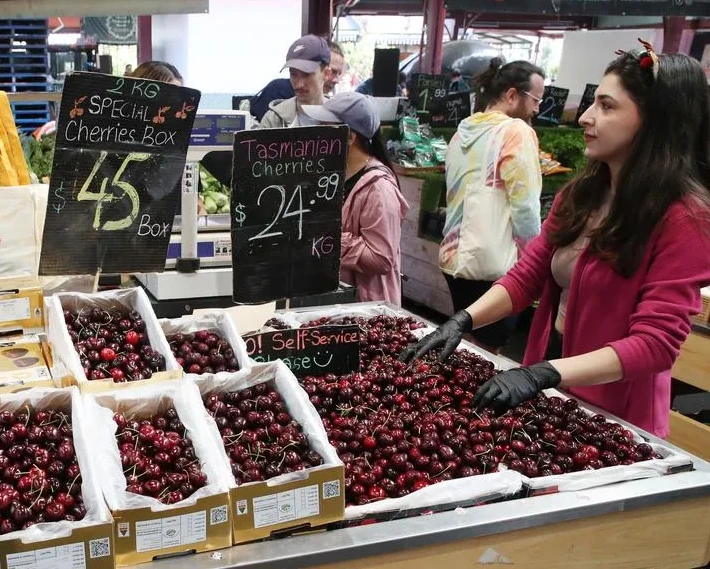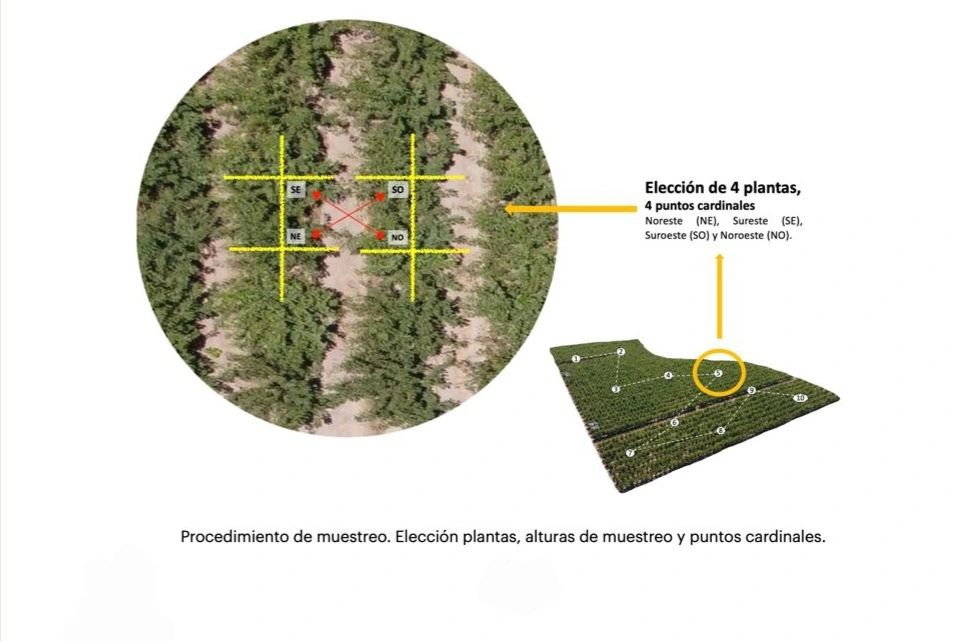The upcoming Chilean 2024-2025 cherry season is preparing for the first harvests, but producers and exporters must face significant challenges, particularly the problem of fruit fly infestations. In light of these phytosanitary concerns, the Frutas de Chile corporation organized a webinar titled “Preparing the 2024-2025 Cherry Season with Phytosanitary Challenges.”
Miguel Canala-Echeverría, general director of Frutas de Chile, opened the virtual meeting by highlighting two important challenges for the upcoming season. Firstly, the fruit fly poses operational problems related to the transport of the fruits, cold treatment, and other critical aspects.
Secondly, the expected increase of 60% in production volume compared to the previous season raises quality control issues, as Chinese consumers demand larger-sized fruits.
Claudia Soler, president of the Chilean Cherry Committee, provided further details, estimating a harvest of 131 million boxes, equivalent to 658,000 tons - a 59% increase compared to the previous season. To meet the quality requirements of the growing export volumes, the Committee plans to invest over $9 million in direct promotion, more than doubling the marketing budget compared to the previous year.
“We are aware that we have a large volume and that it is time to invest in marketing to stimulate greater consumption, not only from the consumers we currently have but also from those we want to bring into the category,” stated Soler. Another strategy to be implemented in the campaign is to reach the regional areas of China with Chilean cherries. Soler was clear in saying that “we want to penetrate deeply into China, where we believe there is still a significant potential for growth.”
China: The Key Destination
Soler also emphasized that 33% of Chilean cherries are sent, on average, with cold treatment, as China is the primary destination for this fruit. During a visit to China, the committee observed a positive interest from personnel at various ports to facilitate cherry entry and resolve any problems.
“In general, we believe there is a good willingness to collaborate, and they are aware that a significant percentage of our fruits will require cold treatment, a new experience for our sector,” she said. However, each Chinese port manages things differently. Some require information from the shipping company, others from customs agents. “For this reason, we will be in direct contact with all ports and very attentive both here and in China.”
The 59% increase in cherry volume poses a logistical challenge to ensure that the fruits reach the market in good condition.

“We are noticing that during the peak week there will be a deficit in shipping services, so we will communicate this to the shipping companies so that they can start scheduling appropriately, to avoid problems during the season,” she concluded.
The Chilean cherry industry hoped to be free of fruit flies by the end of October in affected areas. However, slower-than-expected accumulation of degree-days due to the cold has delayed this outcome, with the third generation cycle of the pest now underway. As a result, “everything we could send by air to China, we can no longer do so.”
Some companies will start harvesting next week, as they have greenhouse-grown fruit. This season should show the best expressions of the different growing regions in terms of timing, productivity, and varieties. The early fruit industry has also prepared protocols to access markets like Europe and the United States, which have fewer quarantine restrictions.
India: The Alternative
For several years, the Chilean cherry industry has been aware of the importance of market diversification but has struggled to expand beyond the lucrative Chinese market due to the high prices paid in that country. However, India is emerging as a promising alternative destination. As Claudia Soler noted, “it's an unresolved issue, and we are still seeking alternatives.”
The industry committee leader spoke openly about their efforts with Costco. “They told me they would provide a quick service, and we are confirming the date. We are evaluating how to secure a more frequent service to meet the needs of their members, as it is a market we want to start developing.”
The executive also recalled the success of a rapid shipment to India last year, which took only 37 days. “Two companies shipped the fruit, which arrived in excellent condition and quality. This is what we hope to replicate this season,” they said.
Production
A recent fruit survey in Coquimbo indicates that there are currently 354 hectares of cherry orchards, with about 494 acres in active production. These productive orchards yield between 5,000 and 15,000 kilograms per hectare. According to cherry expert consultant Jorge Astudillo, “for this season, we expect between 1,200 and 1,500 tons, a significant increase compared to last year, when we did not exceed 300 tons.”
Astudillo continued by saying that “so far, we have very beautiful fruit, with excellent size projections. We are working on all strategies to enhance color and sugar content, and we are already in the final phase of the season.” In general, the industry is trying to diversify market options, as “whatever happens in China can seriously affect the destination of this fruit, so having alternative markets can be positive.”
Source: Fresh Fruit Portal
Image: A.N.A. Chile
Cherry Times - All rights reserved













